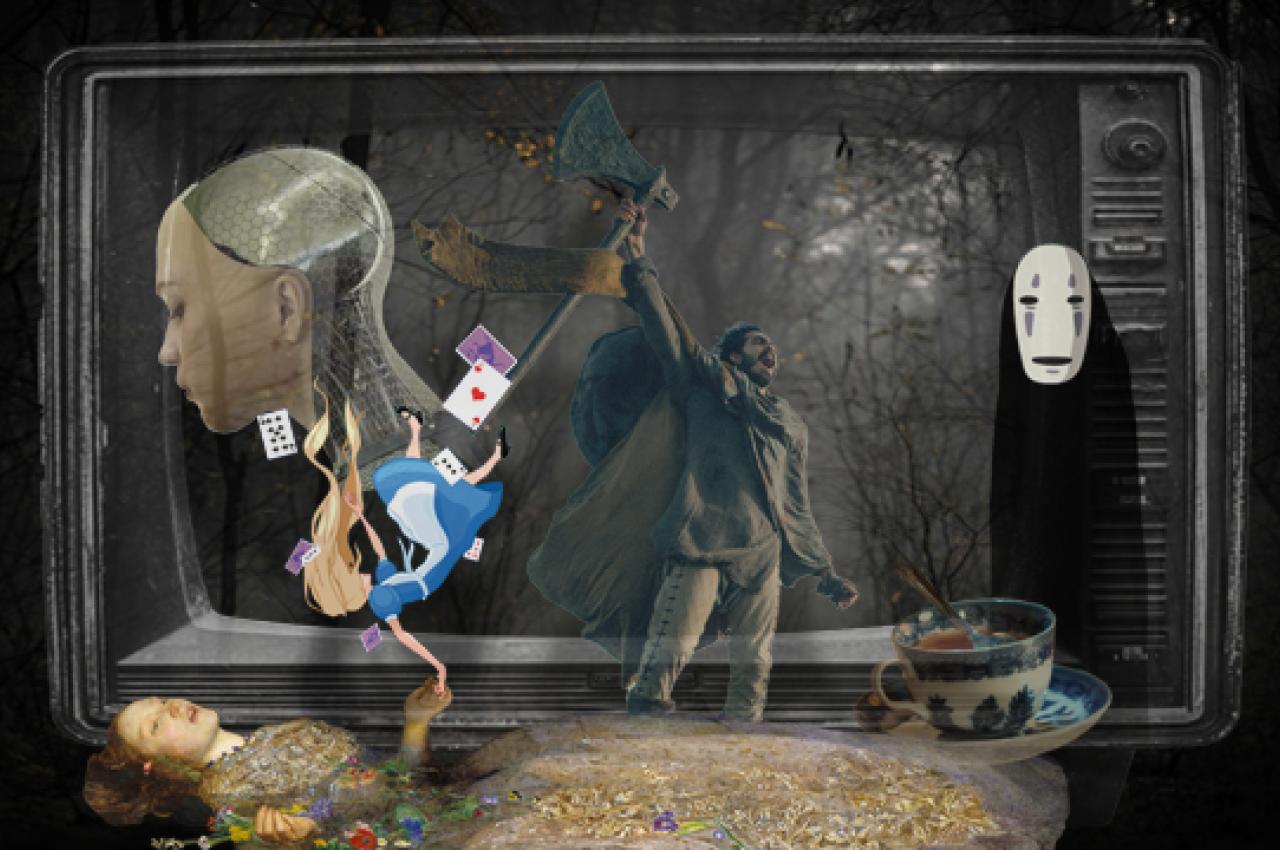What Are Tariffs and How Do They Work?
President Donald Trump’s recent imposition of tariffs, and his threats to impose more of them, have raised concerns about a possible trade war and impacts on the U.S. economy.
Trump imposed 10% tariffs on goods from China and announced 25% tariffs on imports from Canada and Mexico, although the tariffs on America’s neighbors have not gone into effect.
Chinese officials responded by swiftly imposing their own tariffs on certain U.S. products, restricting exports of critical minerals, and launching an antitrust investigation into Google.
Trump agreed to a 30-day pause on the planned tariffs on Canada and Mexico, America’s two largest trading partners, after those countries pledged to increase border enforcement and address concerns about drug smuggling and illegal immigration.
Trump has also said he will impose tariffs on additional countries.
Tariffs are taxes placed on goods that are imported into a country. At different times, the U.S. has imposed tariffs to raise revenue for the government, to protect the domestic market from foreign competition, and as a bargaining chip to reduce trade barriers. Tufts Now asked Michael Klein, William L. Clayton Professor of International Economic Affairs at The Fletcher School, to explain how they work.
Klein served as chief economist in the Office of International Affairs of the United States Department of the Treasury in 2010-2011, is a research associate at the National Bureau of Economic Research, and is the founder and executive editor of EconoFact, a website that provides nonpartisan economic analysis on timely policy issues, drawing on the expertise of economists across the country. Here are six takeaways from his explanation of tariffs.
Tariffs raise prices for consumers.
“Evidence shows that when there are tariffs in place, the price to the ultimate consumer goes up. So tariffs on goods imported into the United States will raise prices for American consumers and businesses,” Klein says.
“Prices rise for both imported and domestic goods because domestic sellers will raise their prices in order to match the market rate or because the imported materials they need to make their products have become more expensive—and those higher prices of domestically produced goods do not produce any revenue for the government. The government is collecting the tax only on the imported goods.”
Tariffs used to play a larger role in raising revenue than they do now.
“President Trump has praised President William McKinley for his tariffs. At that time, in the late 19th century, the government was a much smaller part of the economy than it is now, and tariffs—which were much higher, on average, than they have been since World War II—were an important source of revenue,” Klein says. “There is no way that revenue from tariffs could replace the income tax and finance the government at its current size, even if there were substantial cuts to government spending.”
Tariffs can trigger a recession.
“Tariffs raise prices once, so it’s not ongoing inflation, but at the moment when the prices rise, it looks like inflation,” Klein says. “One of the concerns is that when that happens, the Federal Reserve might feel obliged to raise interest rates to keep a cycle of inflation from starting. So it could lead to a recessionary period. The higher prices facing businesses and consumers adversely affect them and this, too, could prompt a downturn in economic activity.”
Tariffs can also inspire retaliatory actions that may undermine economic gains.
“When a country imposes tariffs, another country might respond with retaliatory tariffs and set off a trade war,” says Klein. “For example, in President Trump’s first term, he put tariffs on China, and then China in response put tariffs on U.S. agricultural imports. That hurt U.S. farmers in the agricultural sector, and then the U.S. government bailed out those farmers with compensatory payments. So it ended up that almost all the revenue increase from the tariffs on China was spent in an effort to cushion the blow to the agriculture sector to compensate for the retaliatory tariffs.
“Countries can push back in other ways, as well. Right now, the Canadian government has told Canadians, ‘Maybe you don’t want to go on a vacation in the United States,’ which could hurt tourism revenue,” Klein says. “Overall, when things like this happen, it ends up making everybody worse off.”
Broad-based tariffs, which cover all imports from a certain country, don’t help the economy, according to a very strong consensus among economists.
“Sometimes tariffs are targeted. They might be put in place to protect domestic industries that are thought of as strategically important, for national defense. Sometimes tariffs have been put in place to protect what are called infant industries, new industries that are just growing, to give them time to mature and become competitive in the world market,” Klein says.
“Opinions on the value of targeted tariffs are mixed, but if you look at surveys of economists, one of the things that has the most unanimity is that broad-based tariffs are not a good idea. Basically, it’s hurting U.S. consumers by raising prices, is unlikely to revive manufacturing, generates minimal revenues, has little effect on the trade deficit, and invites retaliation,” Klein says. “Also, there’s a lot of scope for corruption, because often there are carve-outs so that certain companies do not have to pay tariffs. Carve-outs typically reflect political influence, through lobbying or even more blatant kinds of corruption.”
Tariffs can be imposed or lifted quickly.
“Unlike other policies, tariffs can be rather easily imposed and easily removed,” Klein says. “President Trump declared victory and paused his threatened tariffs after Canada and Mexico announced efforts to increase border security, but Canada and Mexico were already doing those things anyway.
“It’s very hard to predict what will happen after the 30-day pause on the tariffs on Canada and Mexico because it’s not clear what the end goal of the policy is,” Klein says. “If the stock market starts to perform poorly—because people are concerned not only about tariffs, but about the inconsistency of policy and the uncertainty about the direction of policy, which makes it very hard for businesses to make plans—I think you might see tariffs and other policies that generally are not thought to be advantageous move to the back burner.”
Latest Tufts Now
- What Vitamins Should I Take During Menopause for Bone Health?A bone expert at Tufts breaks down which nutrients the body needs most during this phase of life, and what benefits they provide
- Maxing Out Your Fiber Intake Can Have Broad Health BenefitsWith the fibermaxxing trend making headlines, a Tufts expert shares tips on why fiber is important in our diets and how to reach your fiber intake goals
- Where Does Tufts’ Water Come From?Tufts students and a water sanitation expert talk about the quality of the university’s water and what makes it possible
- These Stories Are Eerie, Uncanny—and Just Right for Anxious TimesPeriods of rapid change and uncertainty inspire unsettling literature and art, Tufts professors say
- The Scariest Halloween Candies for Your TeethTart and tangy treats are having a moment. But when it comes to oral health, they hit a sour note
- ‘I Just Want to Push Myself to Be Better’A member of the men’s step team on the benefits of exploring activities outside of one’s comfort zone













